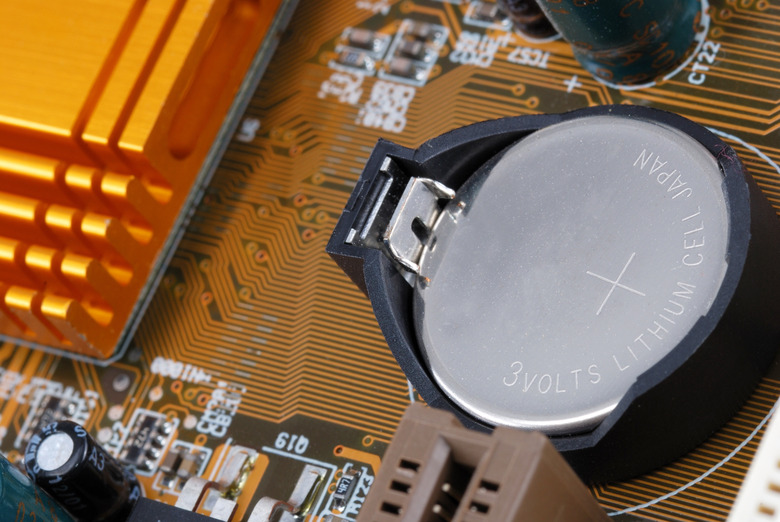Difference Between Lithium & Alkaline Batteries
Alkaline and lithium batteries are the two most common types of batteries used as personal power sources. Both have different chemical compositions and voltage ranges; these differences become more significant as lithium batteries cross over into the AA and AAA market that alkaline batteries once dominated.
Function
Function
Alkaline batteries use zinc and manganese oxide to generate power, while lithium batteries use lithium metal or compounds as their anode.
Types
Types
Lithium batteries are mostly known as the small coin-shaped batteries used to power watches, calculators and small remote controls. However, lithium batteries have expanded into AA and AAA versions to compete with alkaline batteries.
Effects
Effects
Lithium batteries produce twice as much voltage as alkaline batteries, giving them longer life, and making their AA and AA versions more expensive than their alkaline counterparts.
Misconceptions
Misconceptions
Lithium batteries are not the same as lithium ion batteries. Unlike lithium ion, lithium batteries are not rechargeable.
Warning
Warning
The Transportation Security Administration heavily restricts carrying lithium batteries on airplanes due to the high risk of discharge if they short circuit. Some states also restrict the amount of batteries sold due to their suspected use in meth labs.
Cite This Article
MLA
Moore, Chris. "Difference Between Lithium & Alkaline Batteries" sciencing.com, https://www.sciencing.com/difference-between-lithium-alkaline-batteries-5013158/. 13 March 2018.
APA
Moore, Chris. (2018, March 13). Difference Between Lithium & Alkaline Batteries. sciencing.com. Retrieved from https://www.sciencing.com/difference-between-lithium-alkaline-batteries-5013158/
Chicago
Moore, Chris. Difference Between Lithium & Alkaline Batteries last modified March 24, 2022. https://www.sciencing.com/difference-between-lithium-alkaline-batteries-5013158/
